Saudi Arabia has surprised traders by cutting oil production by about 1 million barrels per day in July to prop up oil prices. Riyadh’s decision is believed to be related to financing megaprojects under its “Vision 2030” program.
According to CNN, Saudi Arabia's voluntary oil production cut goes beyond a broader agreement by the Organization of the Petroleum Exporting Countries (OPEC) and its partners, known as OPEC+, to limit oil supply through 2024. The Saudi Arabian Ministry of Energy said that the country's oil production will fall to 9 million barrels per day in July from 10 million barrels per day in May. With this decision, Saudi Arabia hopes to be able to revive oil prices, which have been continuously falling in recent times. Accordingly, if oil prices increase, Saudi Arabia will have more money to invest in mega-projects in the "Vision 2030" program.
Brent crude rose more than 2% to around $78 a barrel on June 5 as Riyadh responded to headwinds affecting global oil demand. However, oil prices are still hovering around 9% lower than at the start of the year. CNN said that means Saudi Arabia is in a difficult position to finance the huge projects under its "Vision 2030" program to diversify the economy, which is heavily dependent on oil revenue. Oil prices are $2-3 a barrel lower than the level Saudi Arabia wants. According to estimates by the International Monetary Fund (IMF), the Gulf state needs oil prices of nearly $81 a barrel to meet its spending commitments.
Saudi Arabia is set to run a budget deficit again this year after recording its first surplus in nearly a decade in 2022. The deficit was $770 million in the first quarter of 2023 as the government increased spending by 29% year-on-year. With the deadline for its Vision 2030 program looming, Saudi Arabia needs more funding than ever to complete megaprojects like the $500 billion Neom city in the northwest of the country. “Saudi Arabia is under enormous pressure with so many projects under construction,” said Karen Young, a senior fellow at Columbia University’s Center on Global Energy Policy. “The funding needs are huge.”
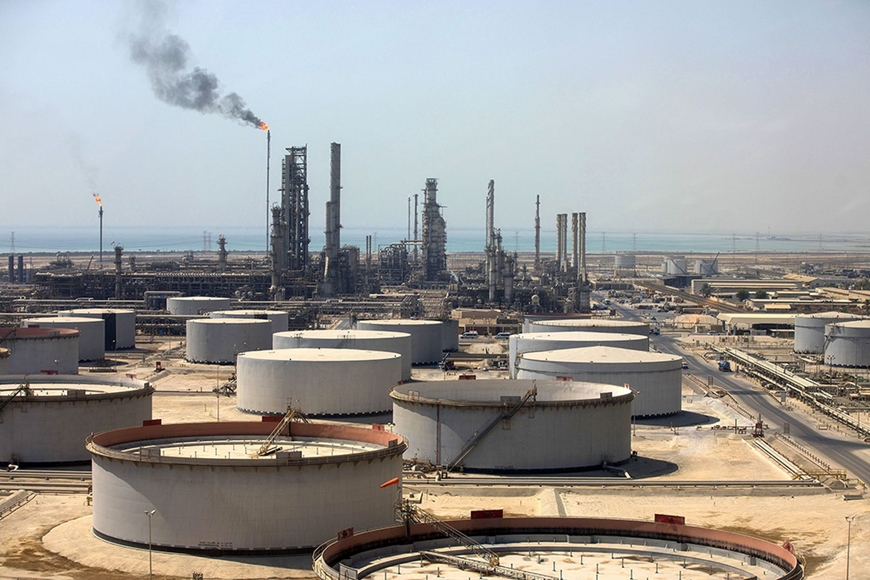 |
| Oil tanks at Saudi Aramco's Ras Tanura refinery in Ras Tanura, Saudi Arabia. Photo : Bloomberg |
Although non-oil revenue increased by 9% in the first quarter of 2023, nearly two-thirds of Saudi Arabia's revenue still comes from the sale of fossil fuels. Saudi Arabia also understands that it cannot rely solely on the volatile oil market for its budget revenue. Therefore, in addition to seeking to increase oil prices, Riyadh is also trying to attract foreign investment. The country aims to attract $100 billion in foreign direct investment (FDI) annually by 2030. However, FDI has not yet reached the level that Saudi Arabia wants.
According to the Saudi Arabian Central Bank, FDI inflows into the country will decline sharply in 2022. “I welcome the expansion, deepening and diversification of Saudi Arabia’s capital markets and I believe that more important companies will be listed on the stock market,” Saudi Arabian Investment Minister Khalid Al-Falih said at a recent event when he launched four new special economic zones to attract investors with low tax rates, exemptions from some customs duties and flexible hiring practices.
The new economic zones are part of Riyadh’s “carrot and stick” policy to attract foreign capital. Despite offering a range of business-friendly incentives, Saudi Arabia has said it will not allow international companies access to government contracts unless they move their regional headquarters to the country by some point in 2024. The policy is seen as a direct challenge to the UAE city of Dubai, the traditional business hub in the region.
In an effort to ensure regional stability and create a safer environment for investors, Riyadh has retreated from its previous hardline foreign policy. Saudi Arabia has now reconciled with Turkey and Qatar, restored diplomatic relations with Syria, supported a ceasefire in Yemen, and is normalizing relations with Iran. It has also played a mediator role in the conflict in Sudan.
LAM ANH
Source



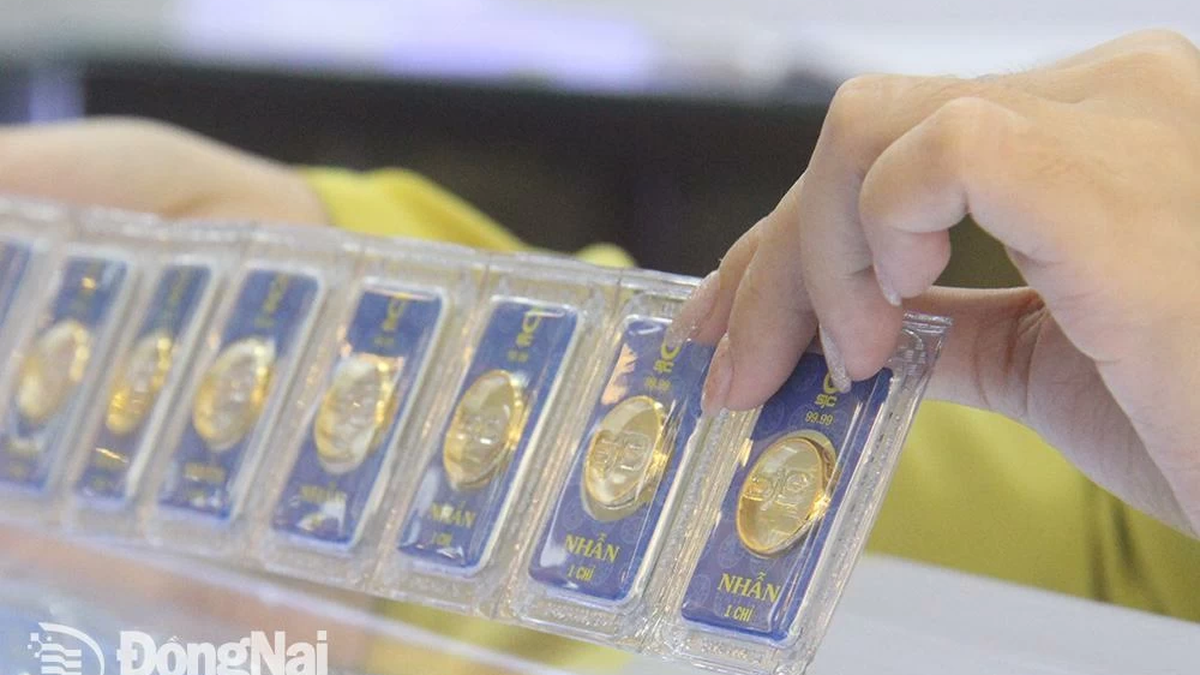


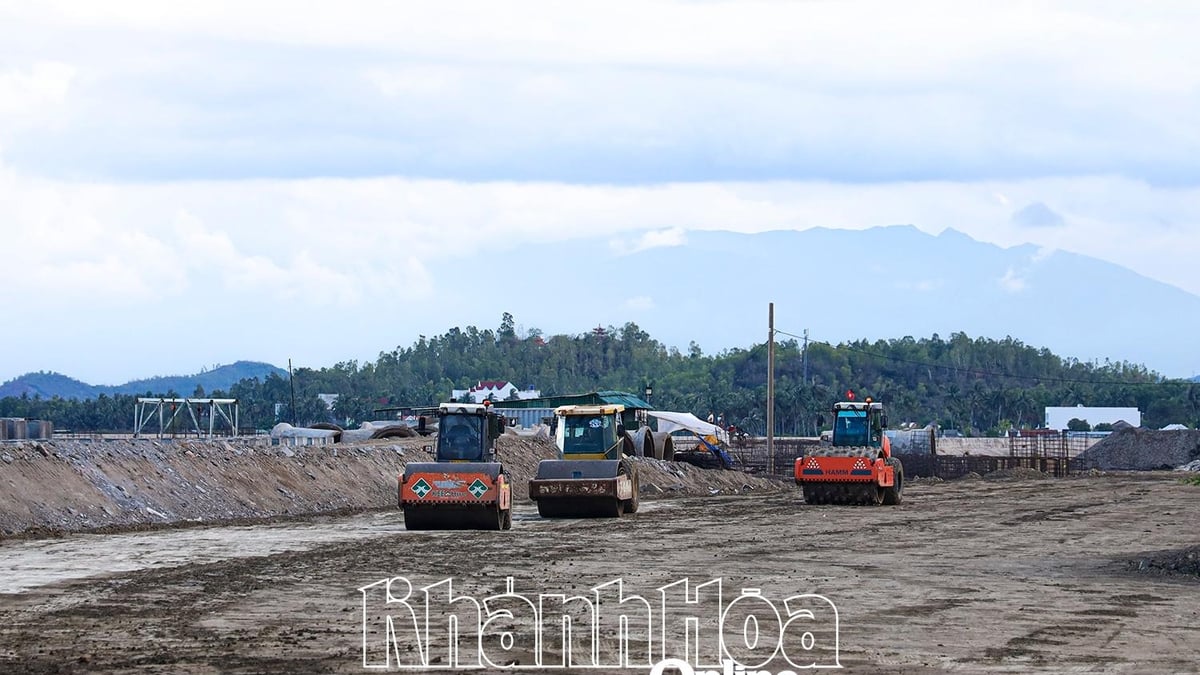
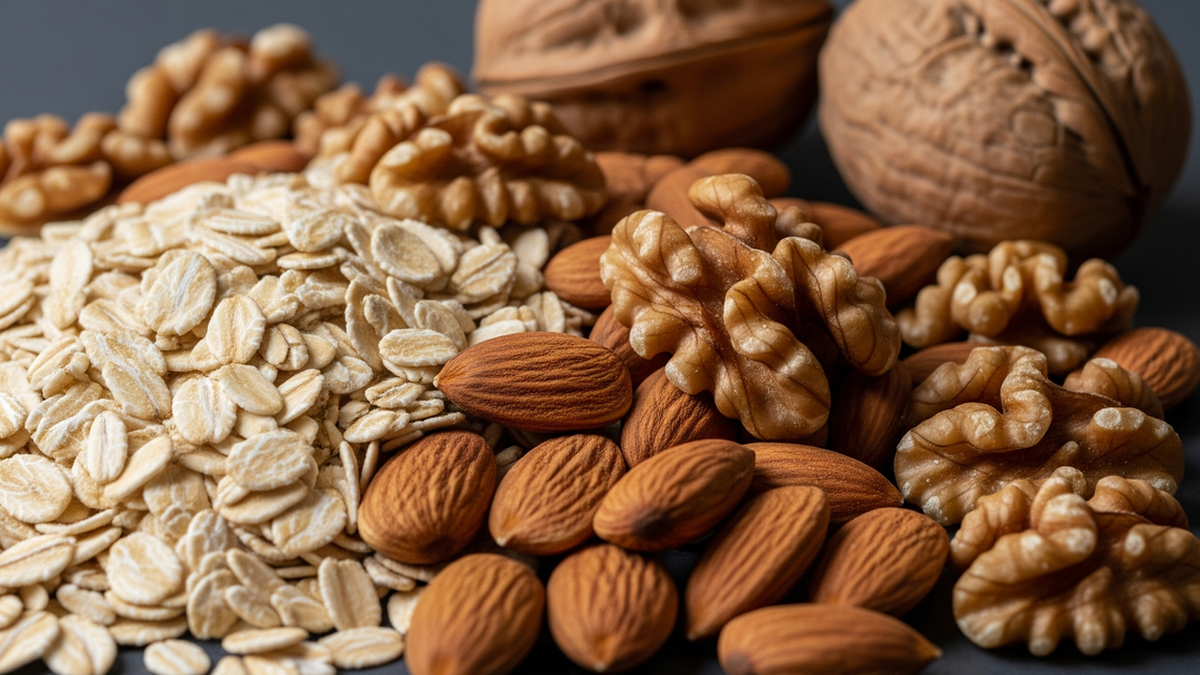



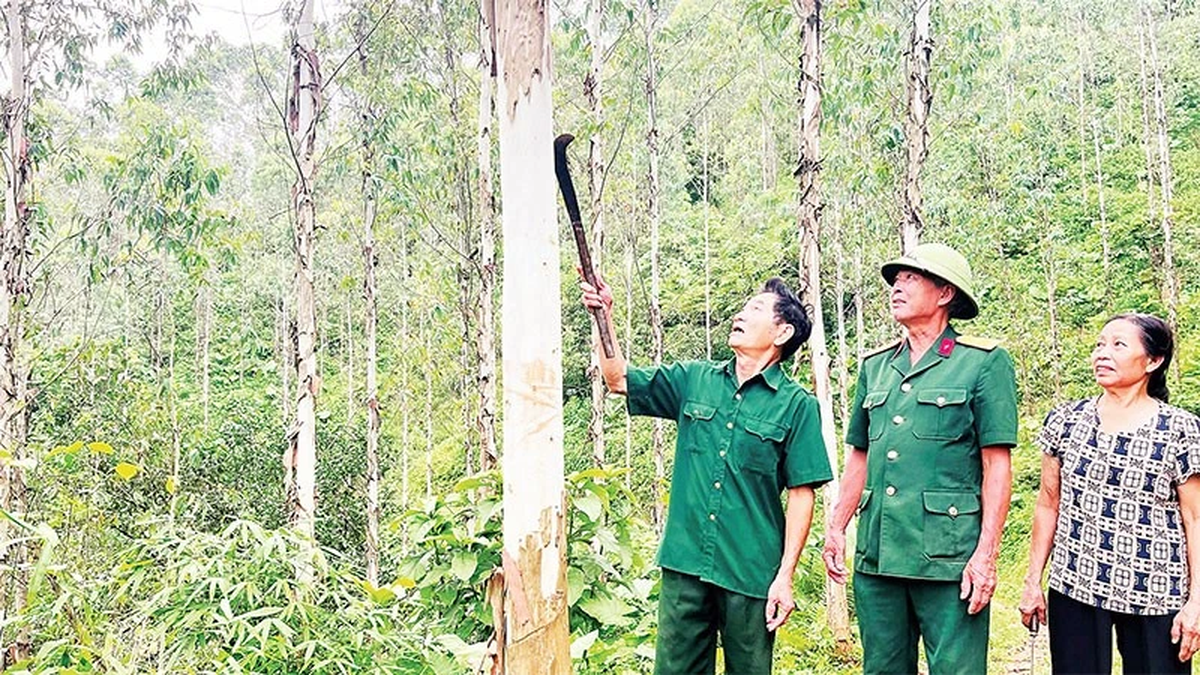











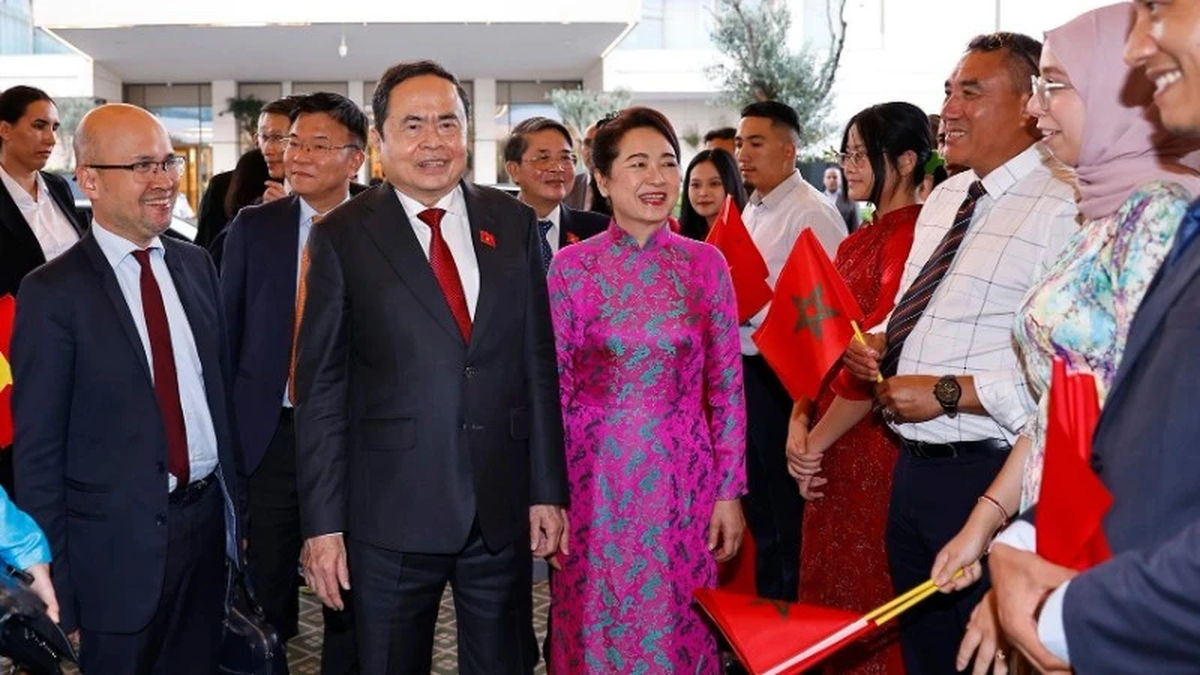
![[Photo] Signing of cooperation between ministries, branches and localities of Vietnam and Senegal](https://vphoto.vietnam.vn/thumb/1200x675/vietnam/resource/IMAGE/2025/7/24/6147c654b0ae4f2793188e982e272651)
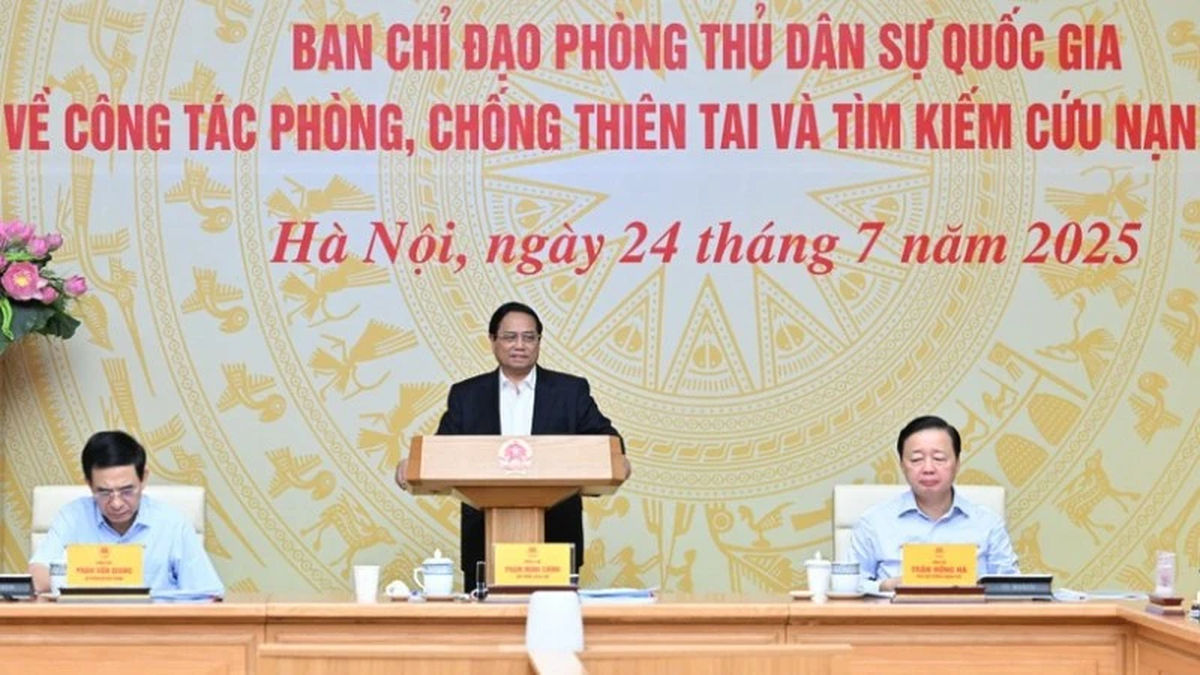
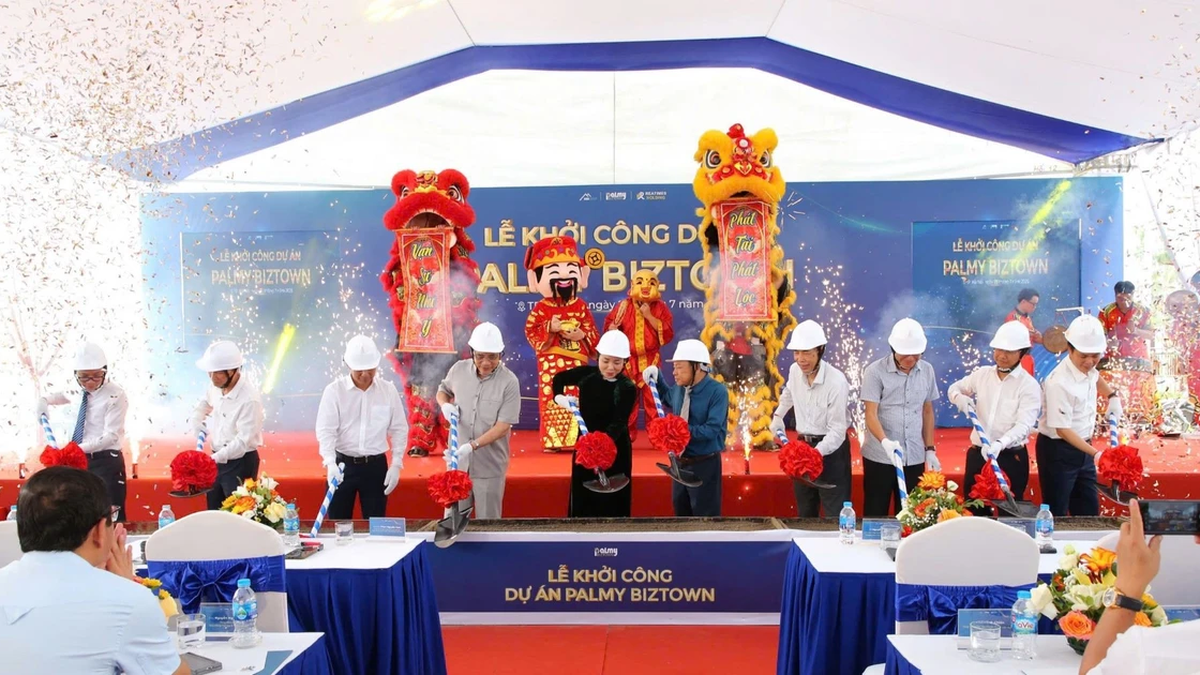


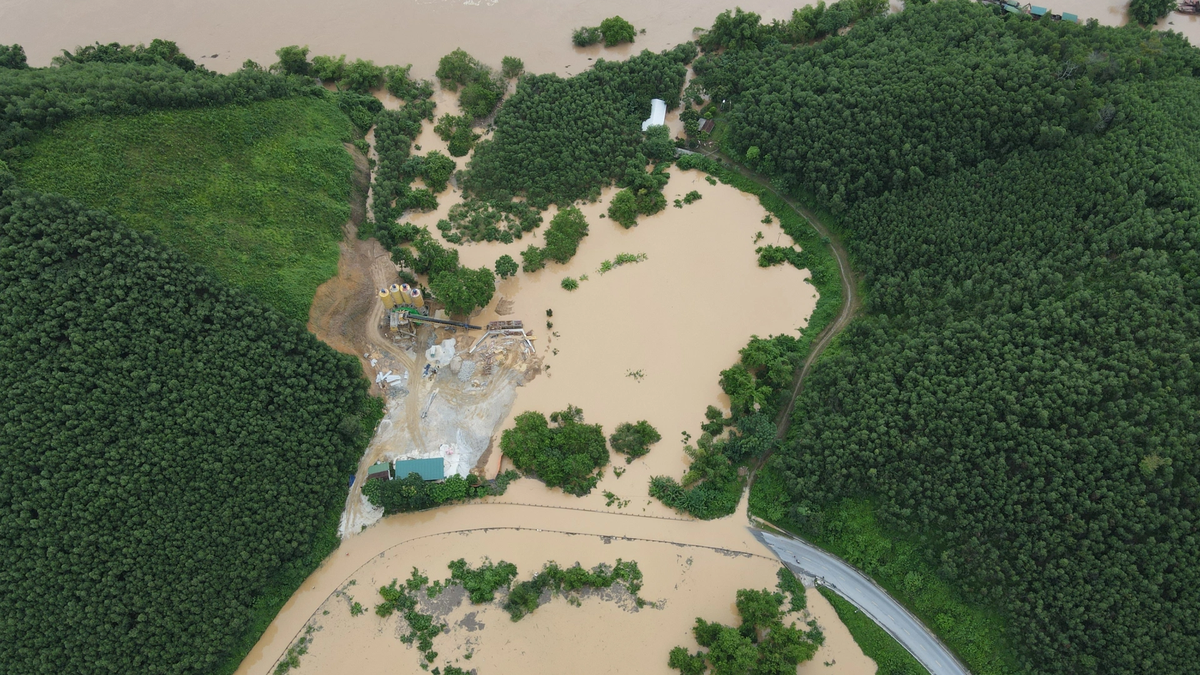
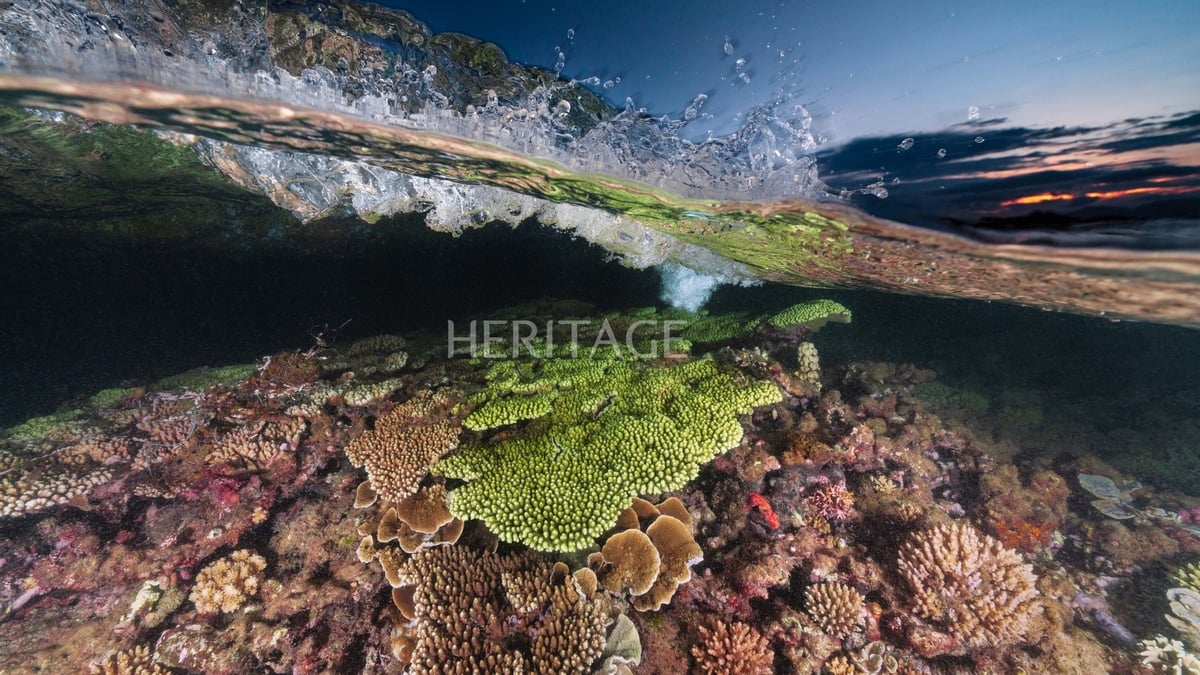

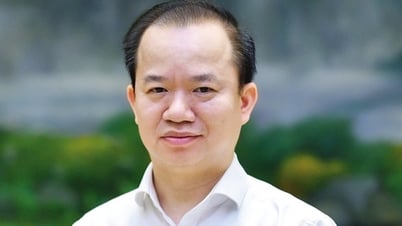





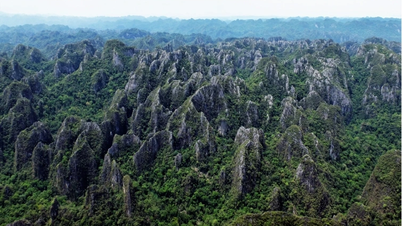

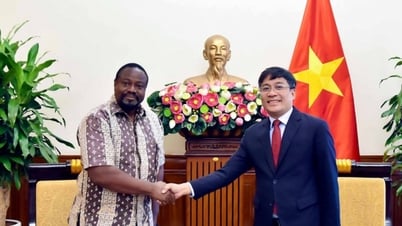
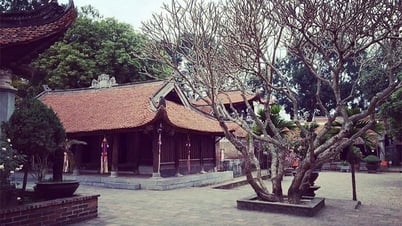








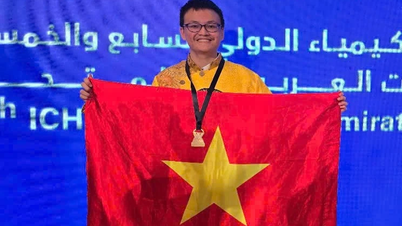

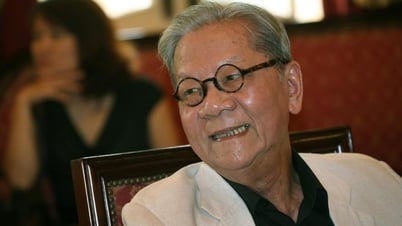






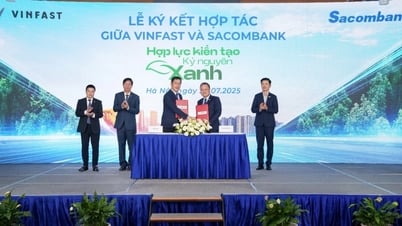



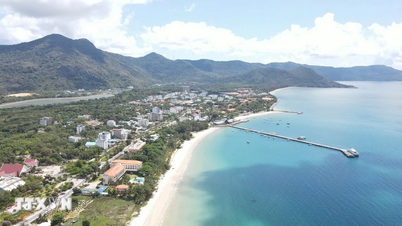
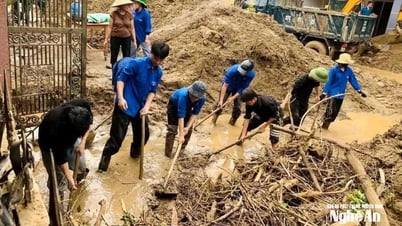






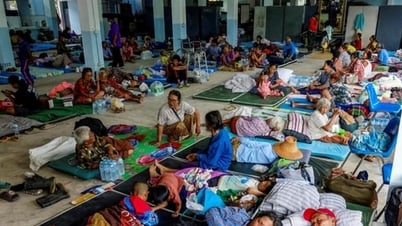



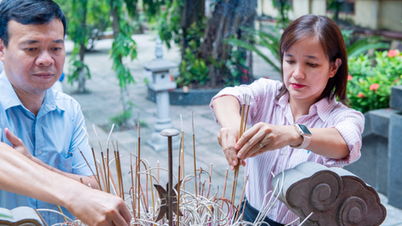
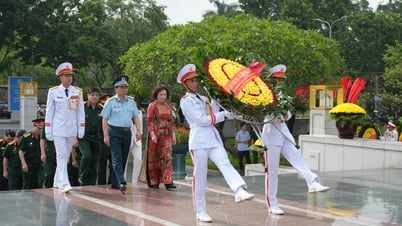

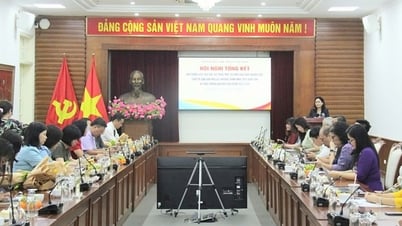























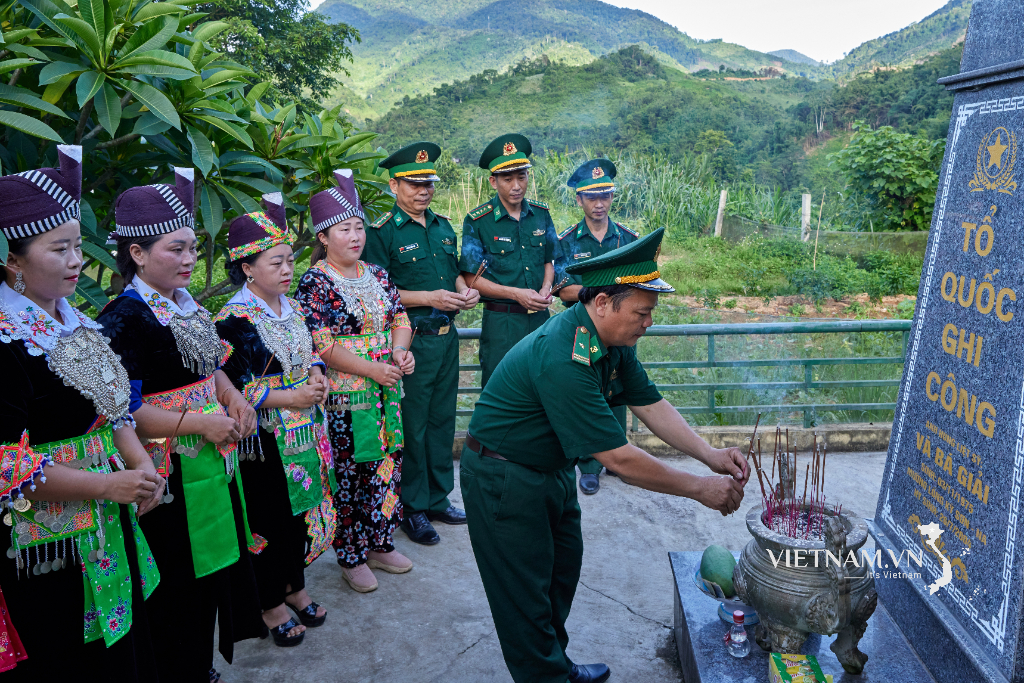

Comment (0)